Tethered shooting for food photography connects your camera to your computer via a cable or wire. It stores all the images directly on the computer’s hard drive and allows you to view the images within seconds.
Tethered shooting can transform the way you take photos. Trying out this technique is an absolute must if you want to streamline your workflow and transition from an amateur to a pro. Here are five reasons why tethered shooting helps you become a better food photographer.
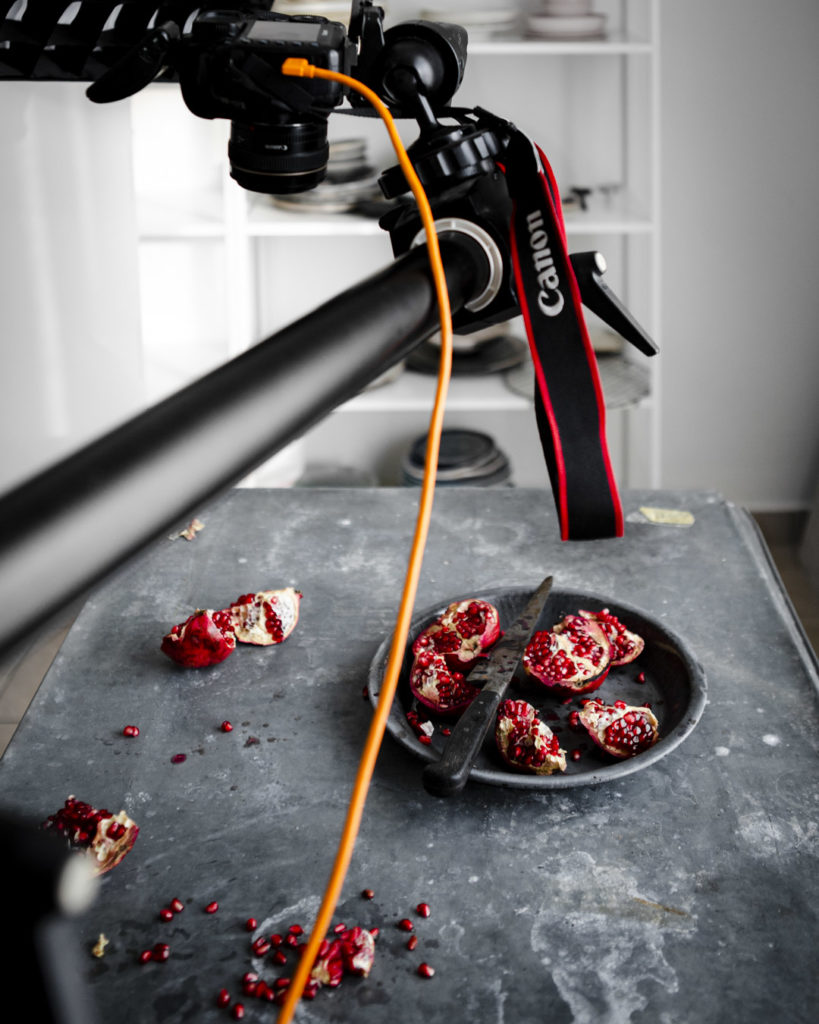
1. Tethered shooting for food photography saves you time.
It gives you the ability to see your images on screen straight away. That means less time transferring data from a USB card to your computer. Your actual shoot runs faster because of the following reasons:
- check your compositions straight away and make minor adjustments quickly.
- apply edits in real-time to ensure the images look the way you envisioned.
- make changes to your camera settinsg, including focus straight from your computer.
- tag, rate, filter, and edit images on the go.
2. Nail your compositions and elevate your food photography.
The way you view your composition by eye and with a camera is completely different. Shooting tethered for food photography allows you to see what the camera is seeing—live. You can then adjust your placement and composition, as well as know how it turns out straight away. This helps you know whether the compositions work and determine what needs to be tweaked. Shooting tethered for food photography helps you create more impactful and appealing images.
And there are also times when your camera is hoisted high up on a tripod (shooting a flat lay on a table.) The only way to see what you are shooting is via tethered shooting so you can see images on your computer.
3. Tack sharp images through tethered shooting.
Ever completed a shoot and transferred the images to your computer only to discover half of them are blurred? Your LCD screen is tiny and even with the zoom ability, it’s difficult to really ensure you have tack-sharp focus. When tethered shooting, your screen is much larger. You can also immediately zoom to 100% to check if you have nailed focus. The love view mode allows you to focus manually and is more effective than using a small LCD screen to focus.
4. Tethered shooting is what the professionals do for food photography.
Whilst doing restaurant shoots, content creation, or even lifestyle shoots, clients want to be able to view their images straight away. Tethered shooting for food photography is common for the pros. In fact, it’s always good practice to get approvals for each image from your client whilst on set, and looks much more professional to do it on a large screen. With bigger screens, they can see the images with detail, compared to the small LCD screen. Plus, if you have a full crew on set including food stylists, chefs, and agency professionals, it’s easier to show multiple people from a larger screen.
5. Use overlays and take your food photography to the next level.
Overlays are a common practice in editorial and commercial photography. This is when you put a transparent PNG on top of the images you are shooting. The overlay usually has a border so you can see where the crop is as well as any text that needs to be overlayed on top of the image. In addition, an overlay helps you compose your images so you know exactly where space needs to be left for text as well as how your image is cropped. In fact, you can also use the overlay in live view mode during composing whilst shooting tethered.
We can’t emphasize enough what a game-changer it can be to shoot tethered and hopefully, this post has given you enough reasons to start. Is tethered shooting a standard part of your food photography process? If not, has this inspired you to give it a go?
PHOOD has a whole video dedicated to this if you’d like learn HOW to shoot tethered for your next food photography gig. We cover everything you’ll ever need to know about food photography including shooting in manual mode, essentials of lighting, powerful composition techniques, and live shoots from start to finish. Get on our waitlist so you’re in the know when we open the doors for a limited time only.
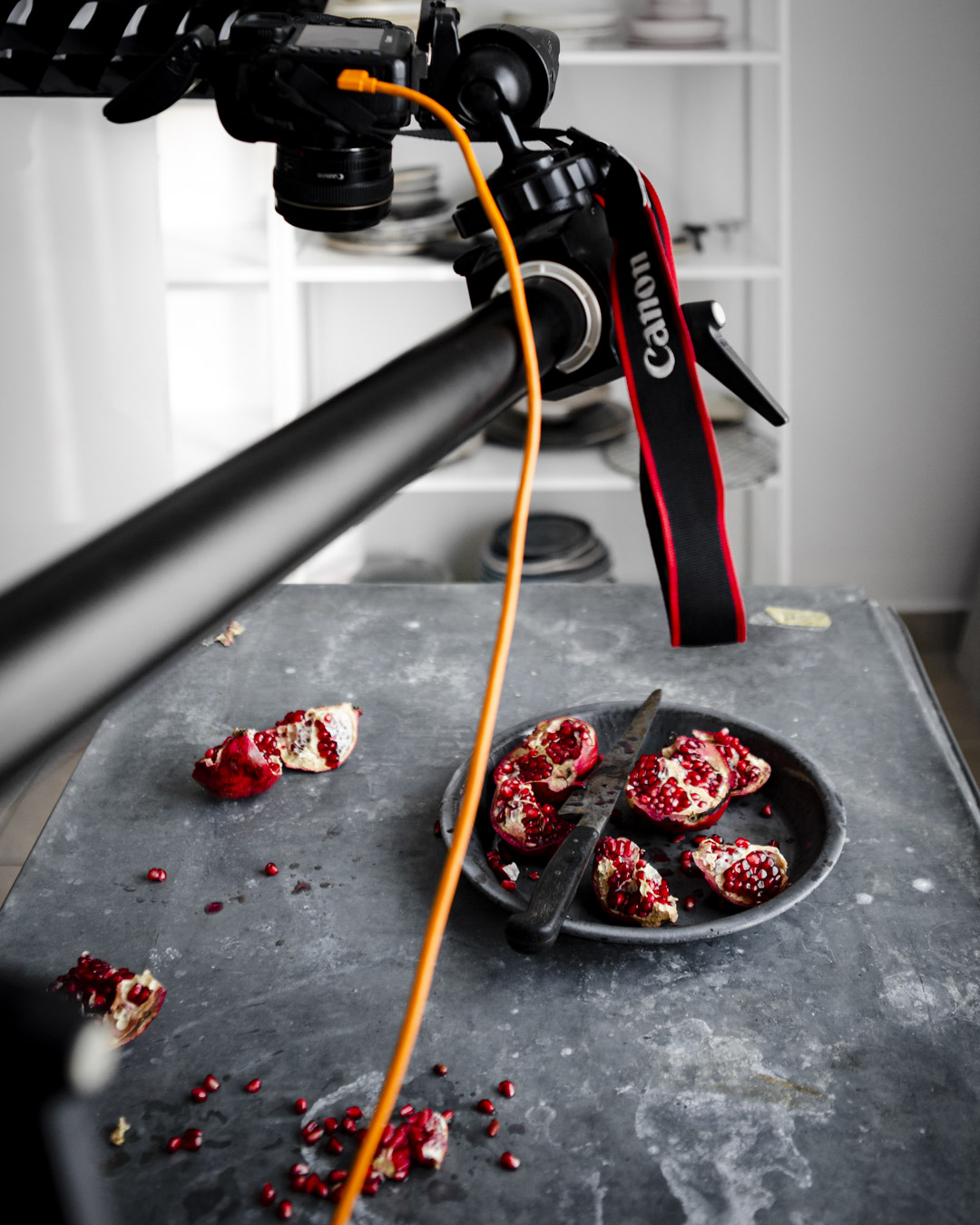
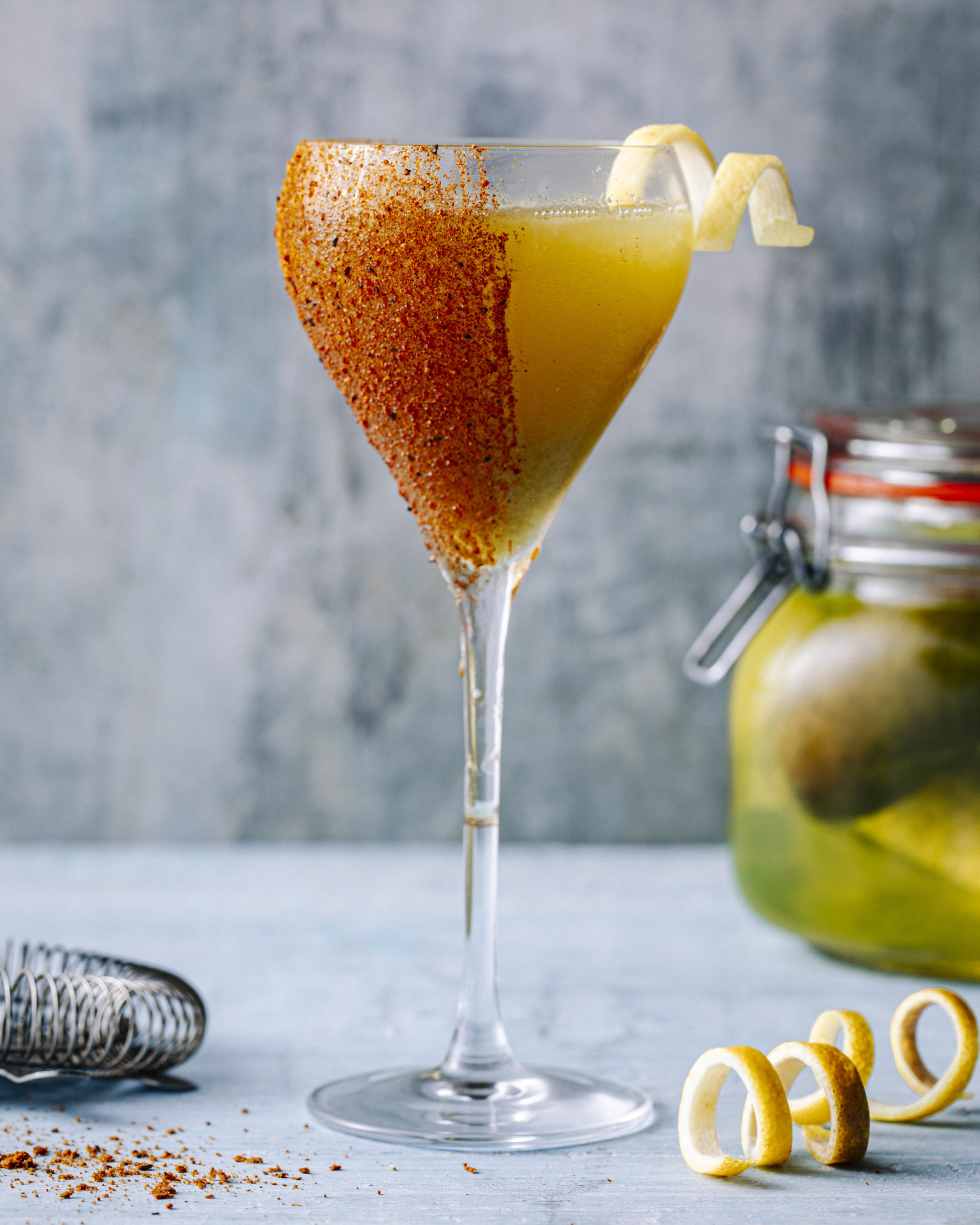
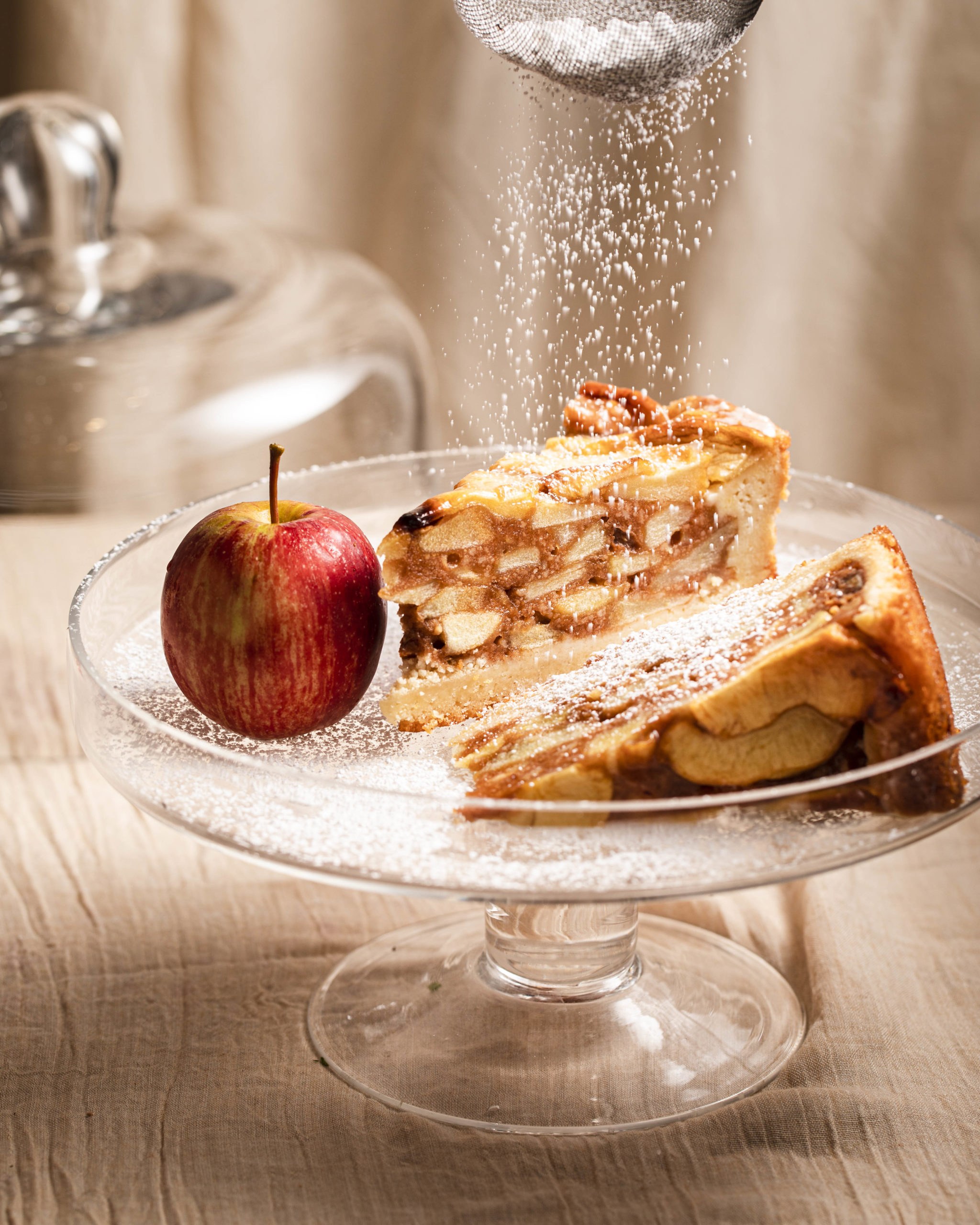
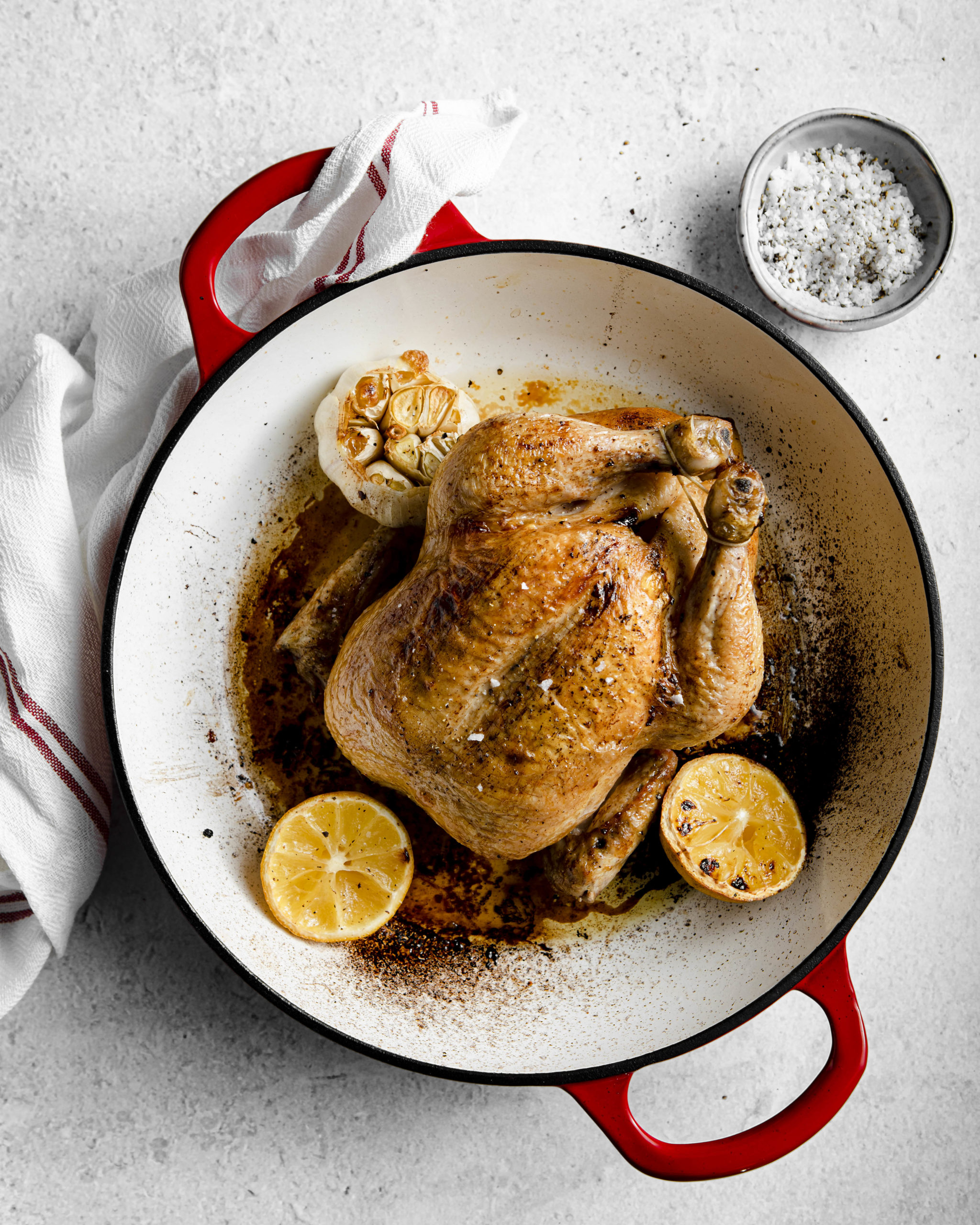
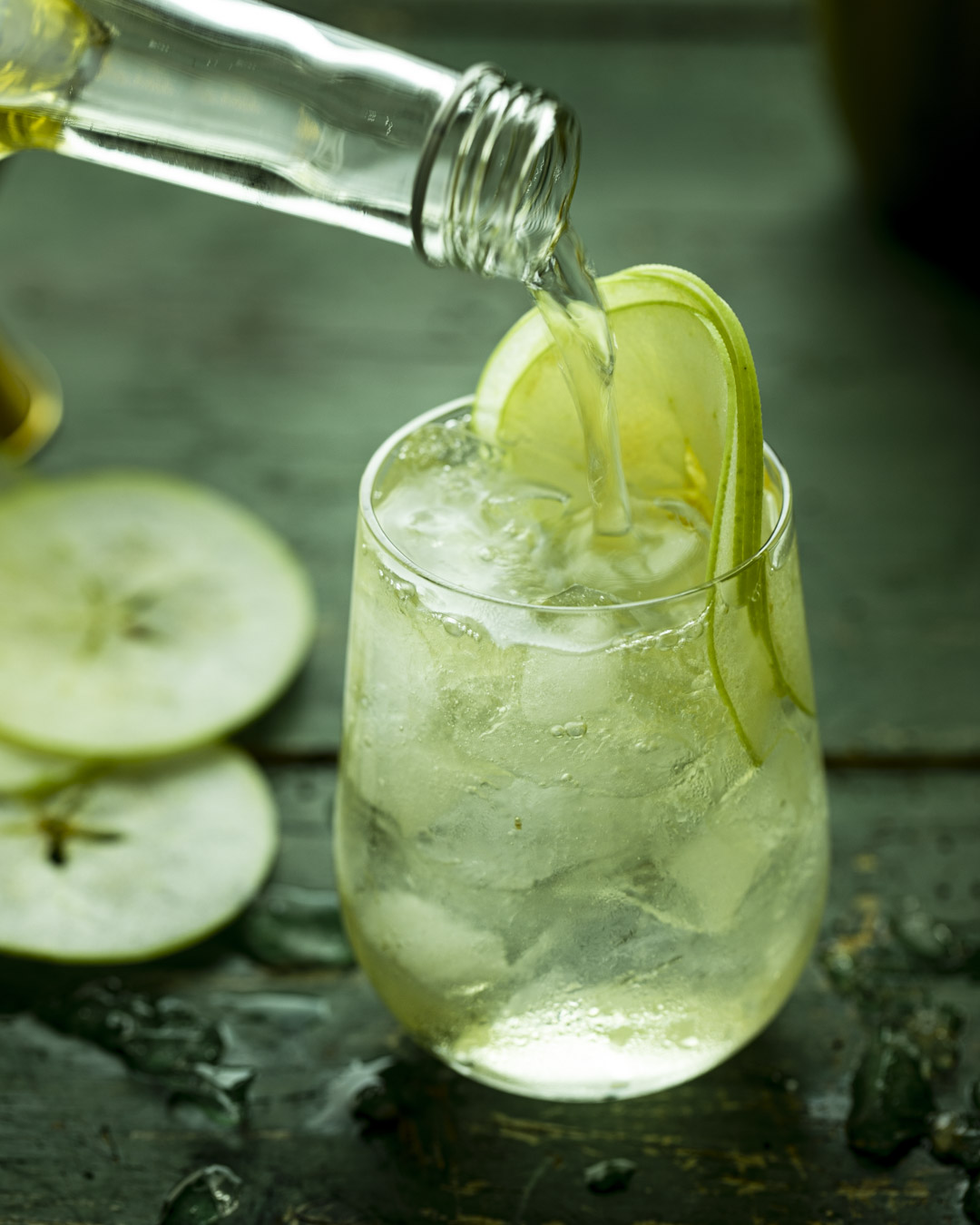
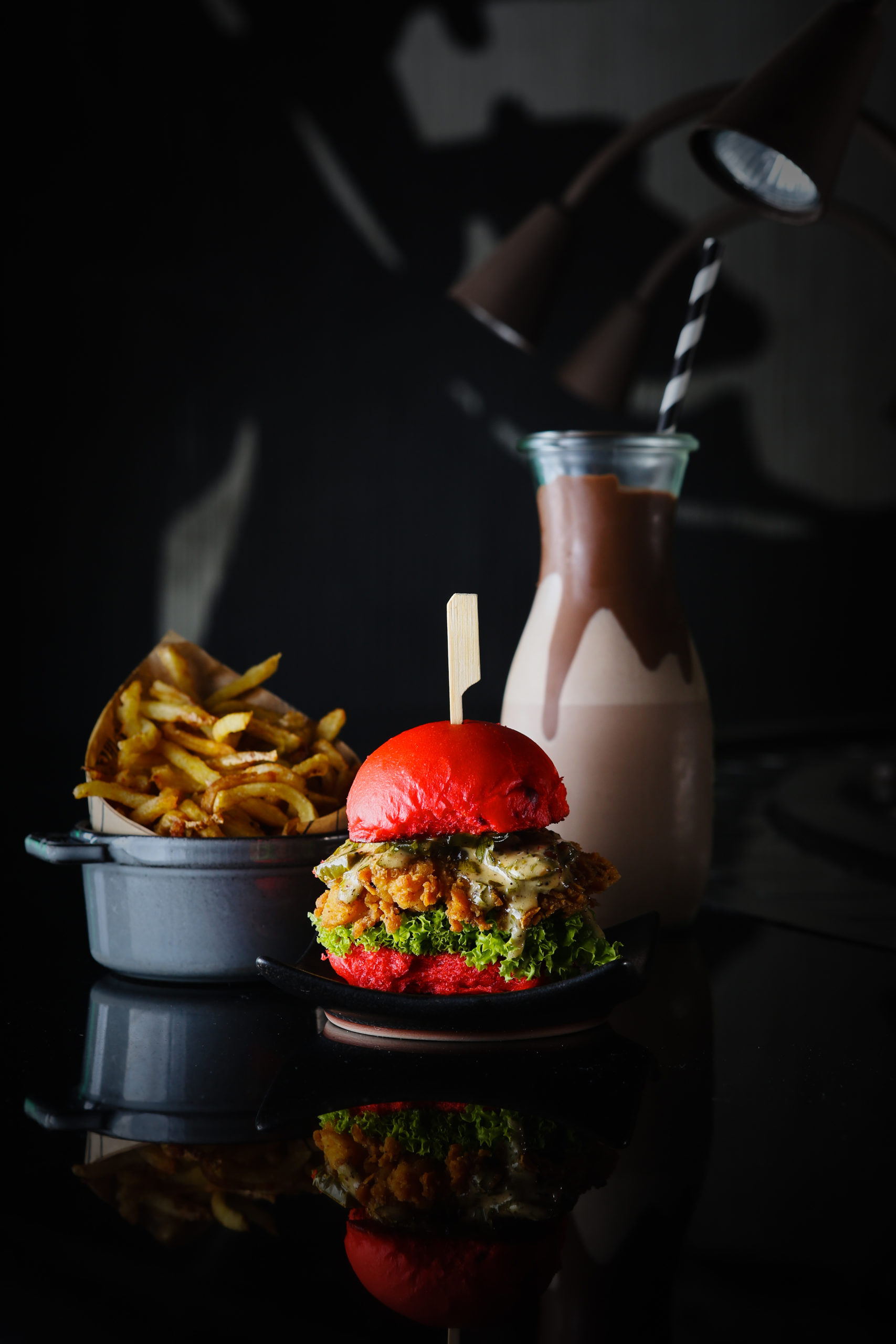
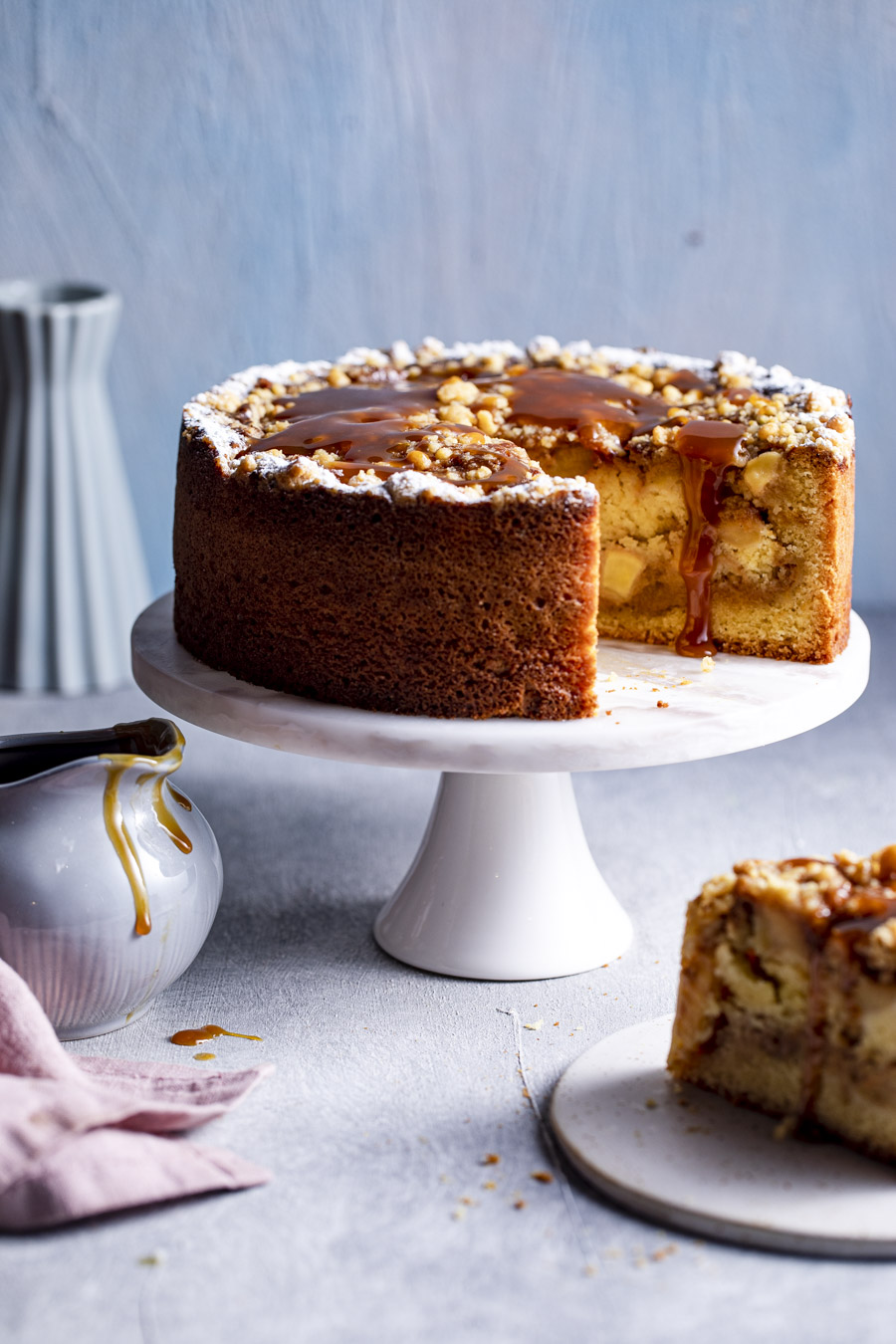
+ show Comments
- Hide Comments
add a comment